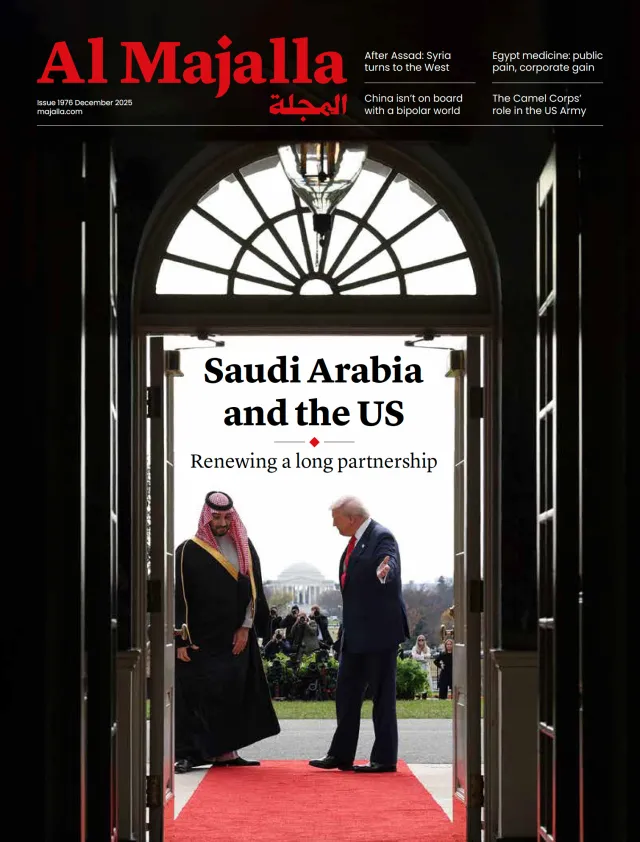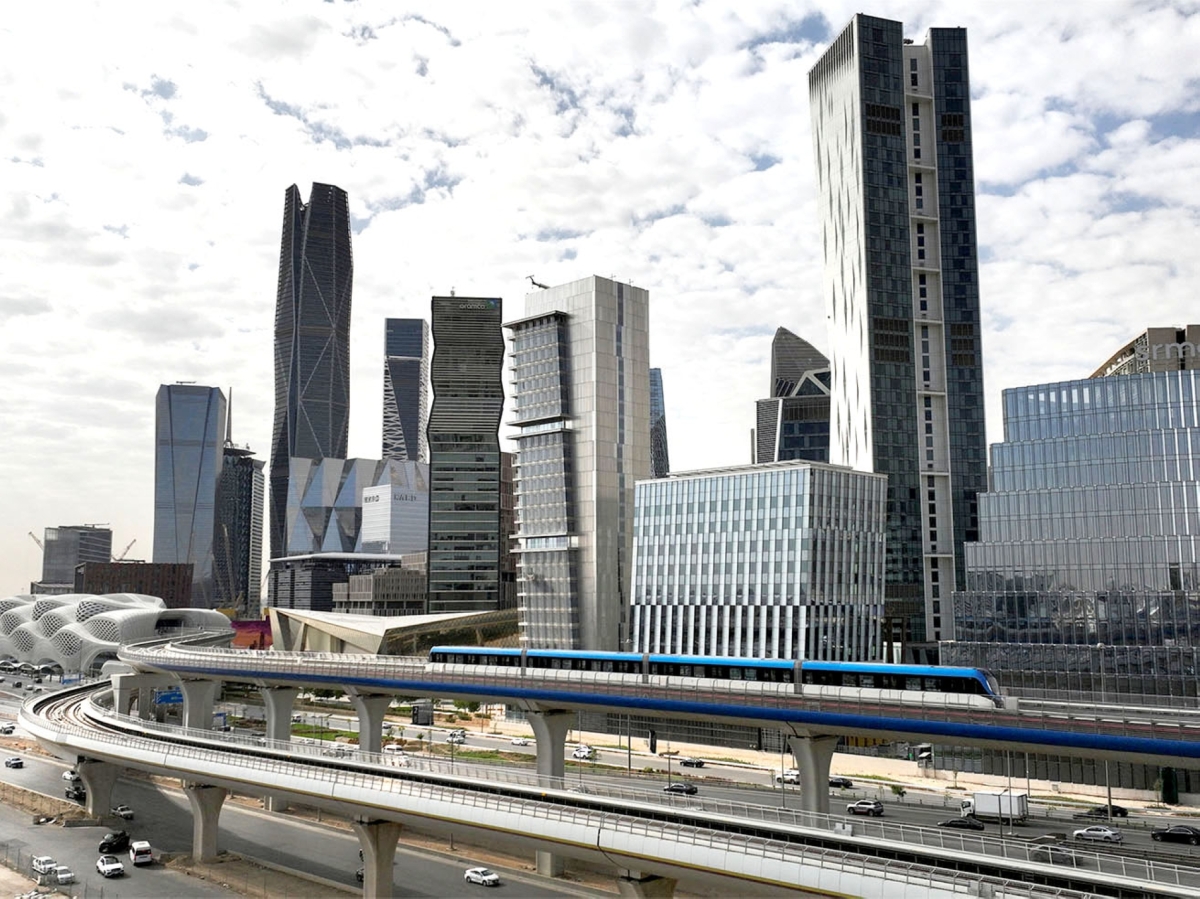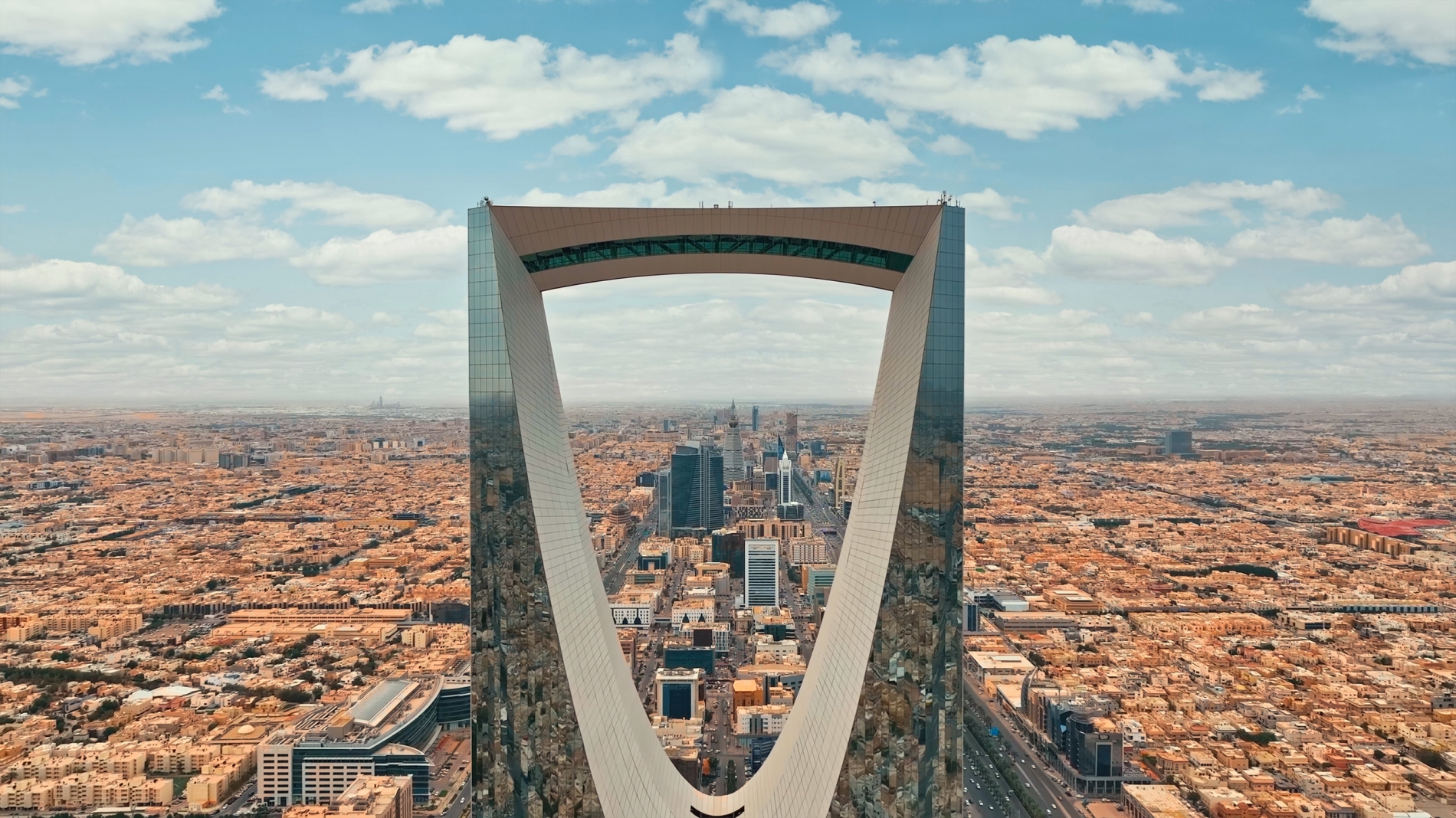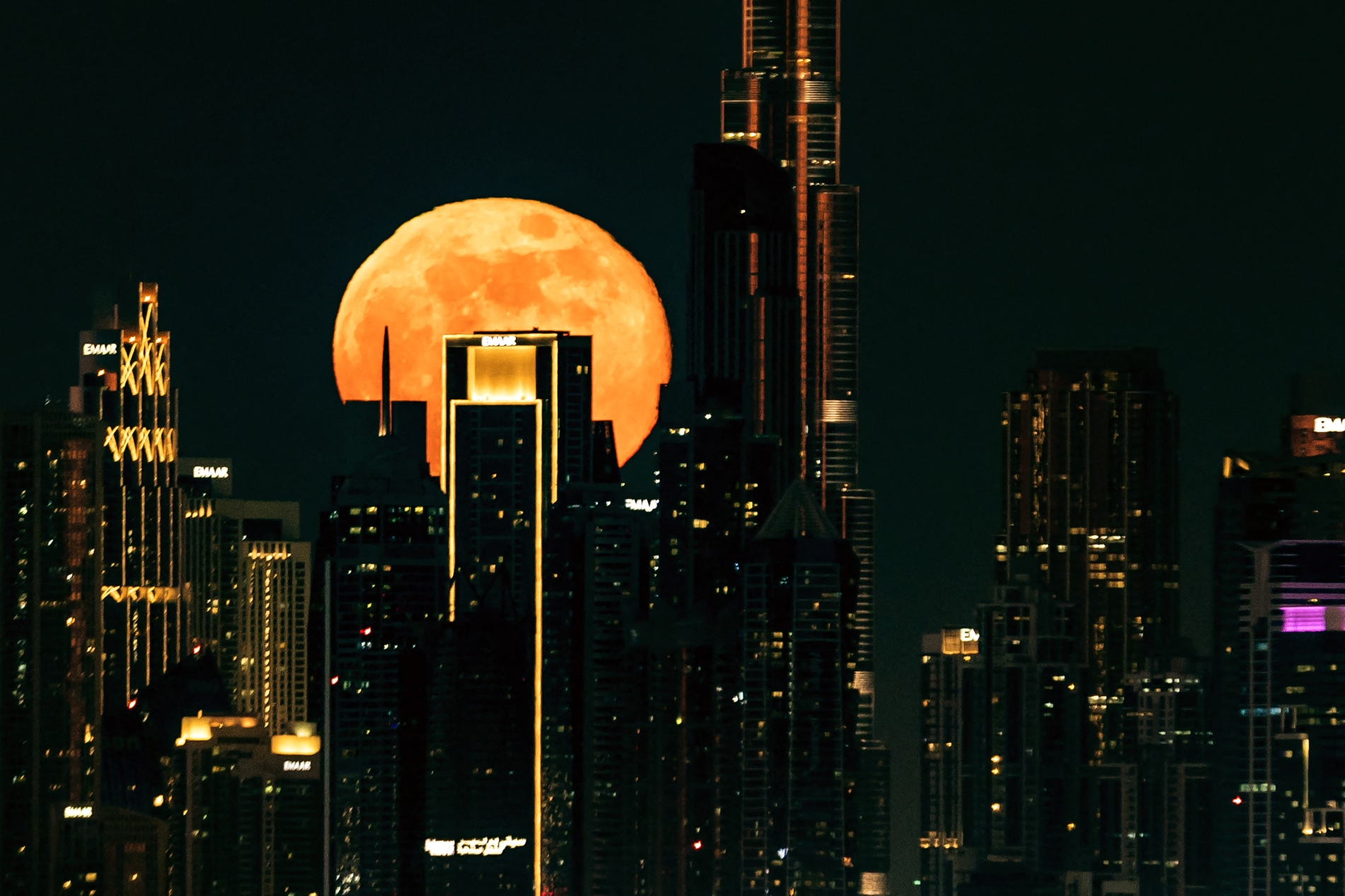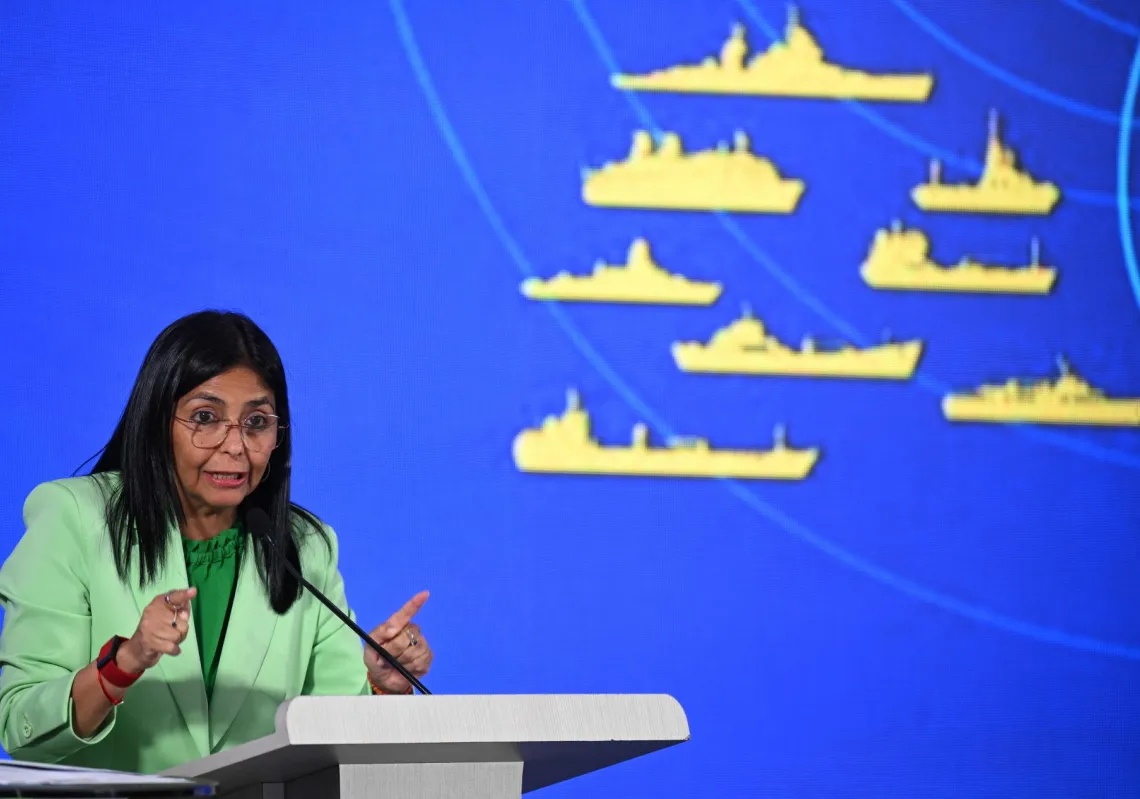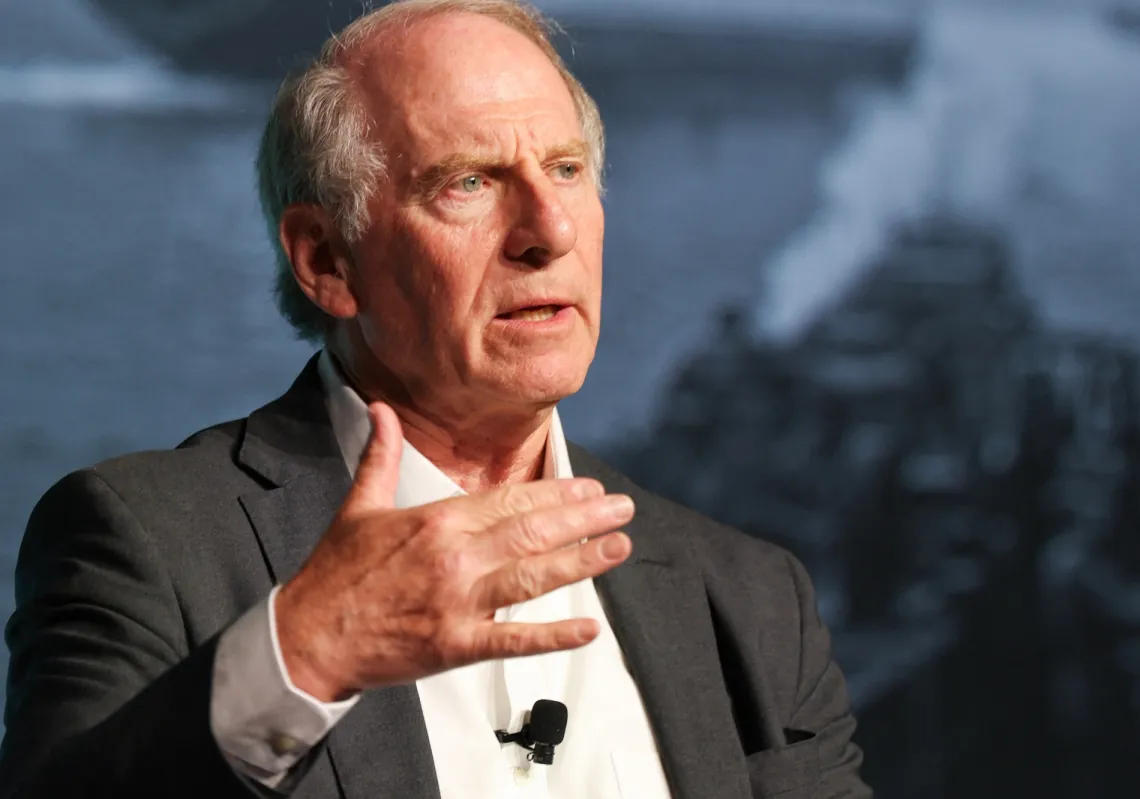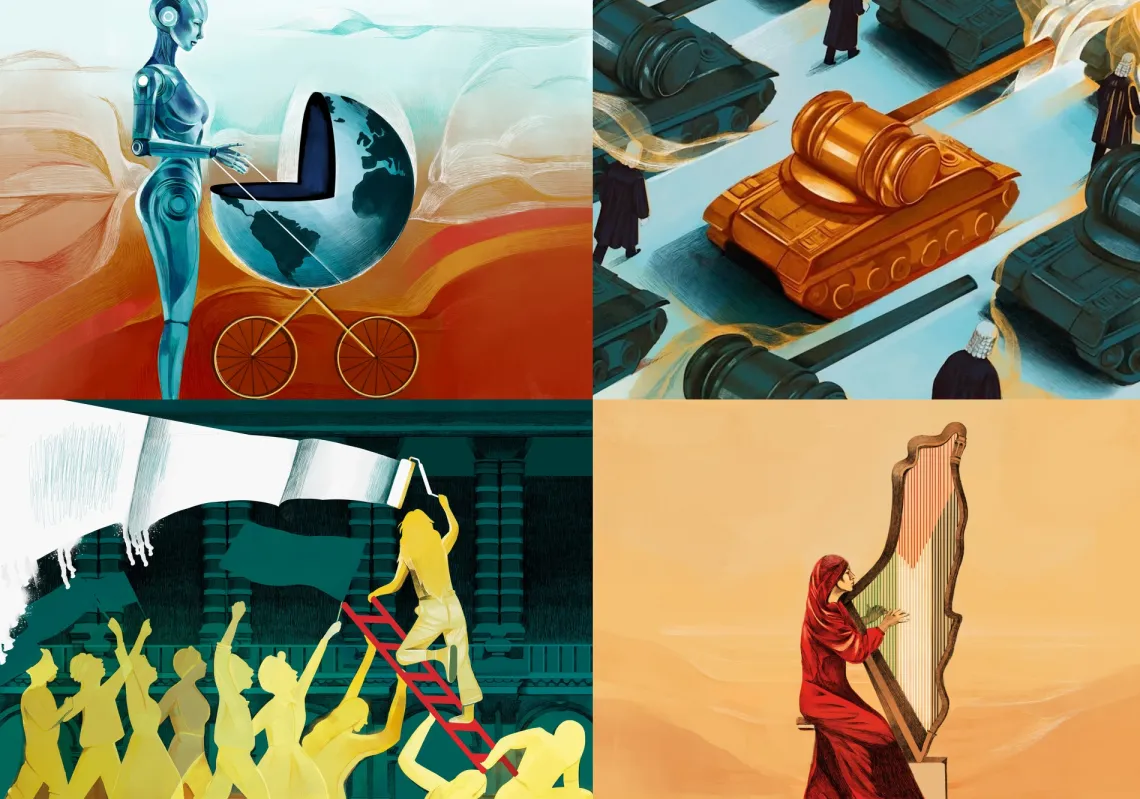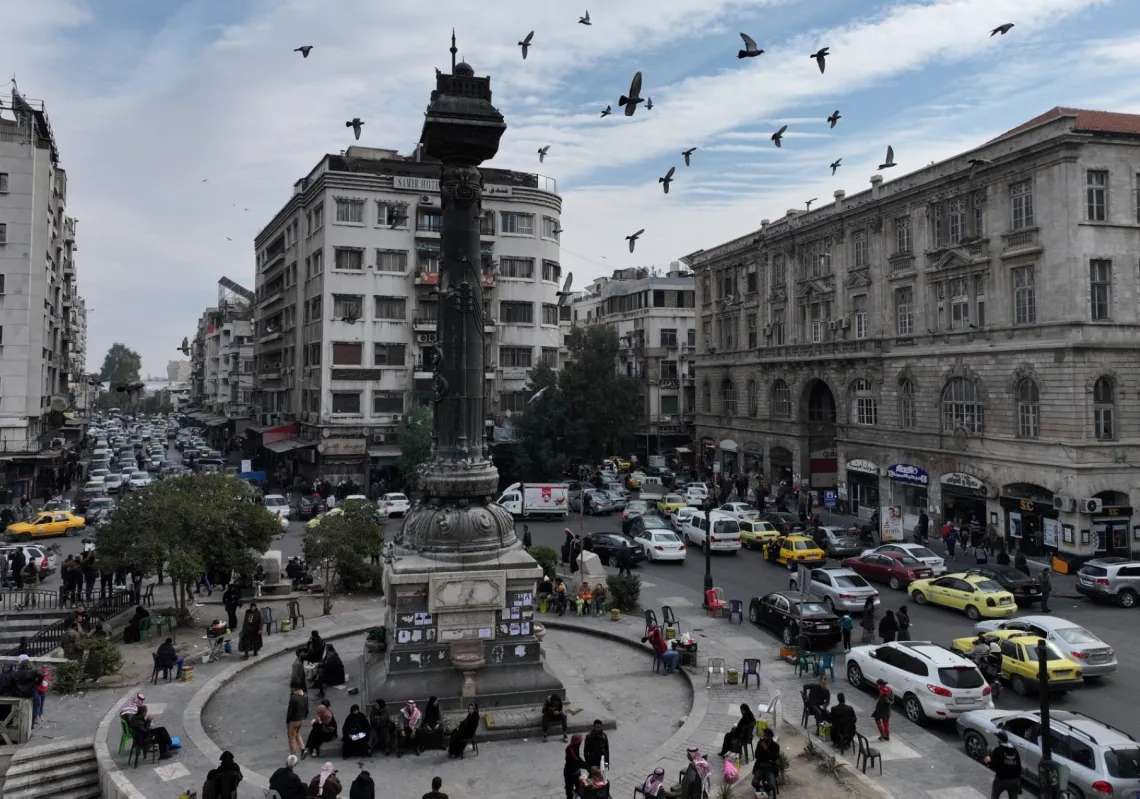Across the Middle East, scaffolding and steel are becoming the most visible signs of the region’s economic transformation. From the coastlines of the Red Sea to the deserts of the UAE and the infrastructure corridors connecting Iraq to the Gulf—long shaped by energy and trade flows—construction is booming. It is reshaping the region.
This is not building for building’s sake, but the result of economic diversification away from oil. It is underway across the Gulf as countries race to realise ambitious national visions, bricks and mortar building the physical infrastructure needed in sectors such as tourism, technology, logistics, and advanced manufacturing.
According to Turner & Townsend’s Global Construction Market Intelligence Report 2025, the momentum is not just building but accelerating, yet this construction surge is not happening in isolation. It is the product of three converging factors: diversification, low input costs, and public private partnerships (PPPs).
Reasons for growth
National diversification plans such as Saudi Arabia’s Vision 2030, the UAE’s Centennial Plan 2071, and Oman’s Vision 2040 are translating policy into physical infrastructure. Giga-projects, once considered aspirational, are now becoming realities. Developments such as Qiddiyah and Riyadh’s Diriyah Gate, Oman’s Duqm Special Economic Zone, and Abu Dhabi’s Reem Island are reconfiguring urban and economic geographies.
Construction is being underpinned by relatively low input costs. Riyadh’s average cost of £3,112 per square metre, for instance, is significantly lower than the London equivalent ($5,385), giving Saudi Arabia an advantage at a time when global construction costs are tightening margins elsewhere.
Total construction projects awarded in GCC countries amounted to $75.4bn in 2024. Competitive material and labour costs are enabling developers to scale large projects rapidly, sustaining growth across residential, commercial, hospitality and infrastructure segments.

